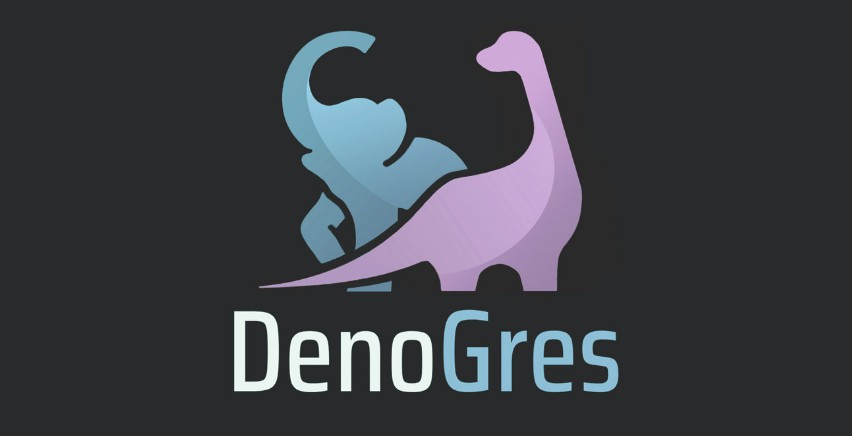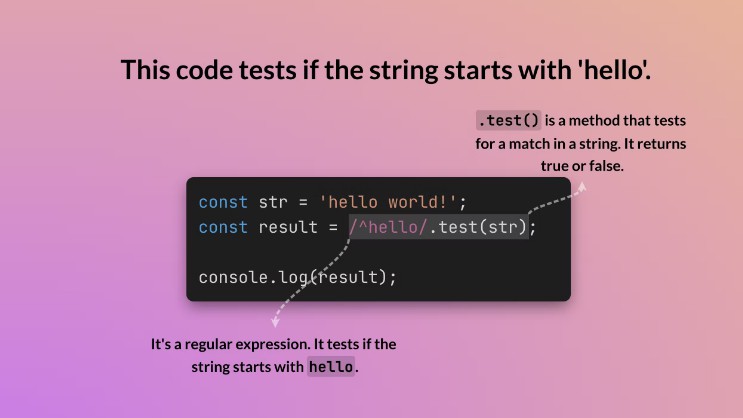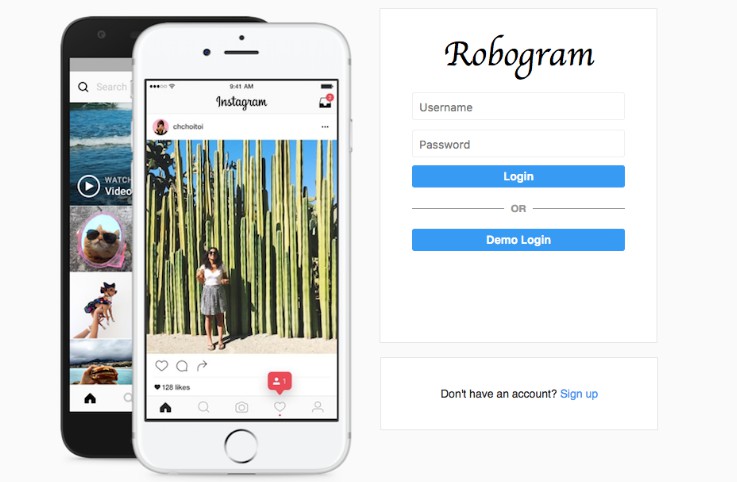 Welcome to DenoGres! A new comprehensive ORM for
PostgreSQL and Deno.
Welcome to DenoGres! A new comprehensive ORM for
PostgreSQL and Deno.
Getting Started
To begin, let’s download DenoGres! Execute the below in the terminal – this will give you access to DenoGres’s CLI functionality.
deno install --allow-read --allow-write --allow-net --allow-env --allow-run --name denogres https://deno.land/x/denogres/mod.ts
After installation is complete, ensure deno is added to PATH.
Quick Start
Before using DenoGres in a project, run the command below.
denogres --init
This will create the following in your project’s root directory:
- .env file for your database connection URI
- a models folder for your model.ts file
- a Migrations folder for migration logs and model snapshots
After running the init command, update the .env file to contain your database’s connection URI.
DATABASE_URI=driver://user:password@host:port/database_name
With all the set-up steps complete, you’re ready to introspect your database! Database introspection will automatically create TypeScript models of your database tables in the .models/model.ts file.
denogres --db-pull
Synchronizing your Database
Denogres features bi-directional synchronization that is designed to ensure that your database schema and your project Models in full alignment, maintaining a single, consistent source of truth.
To introspect and generate the associated models within the model.ts file, execute the the following CLI command:
denogres --db-pull
In addition to –db-pull, Denogres also includes –db-sync functionality that will revise the PostgreSQL schema to reflect changes within the DenoGres model.ts file.
Once completed changes to your model have been made, execute the following CLI command:
denogres --db-sync
Seeding Your Database
DenoGres allows data to be populated to the PostgreSQL schema through data seeding. This is primarily useful during database design/development (i.e. an application requires a certain amount of data to function properly) Create a seed.ts within the project root directory, and execute the following CLI command:
denogres --db-seed
The associated database schema will be pre-populated based on the user’s seed.ts file.
Navigating the GUI
DenoGres includes a GUI that allows the user to test and run queries utilizing generated Models and associated methods. Furthermore, users can save database connections and previous queries to their accounts for later access.
Launch the DenoGres GUI by running the following CLI command:
denogres --gui
Connections
The Connections page allows users to connect to any database after providing its credentials. User can add and save multiple databases, but are only allowed to have one active connection at a time.
Console
The Console page allows users to run database queries as needed. They can also be saved for later use.
The Console page also features active models for your databse tables. This allows users to have a reference when inputting query strings properly.
Diagram
The Diagram page offers a live ERD which visualizes the database for the user. This includes relational mapping for all of the database tables.
Some key features of the ERD are its ability to be adjusted to the user’s preference with a live interface and the ability to save the diagram as an image.
Migration Logs and Restore
Any time a user opts to make a request for –db-pull or –db-sync, Denogres maintains a record of that request so that users can refer back to those historical records. Additionally, users can opt to restore the Model/database schema to prior iterations, in instances where users would like to roll back/forward changes that have been made.
To see a historical list of migration logs, execute the following CLI command:
denogres --log
To restore Models to a prior version, execute the following CLI command:
denogres --restore [PREVIOUS_MODEL_FOLDER]
Under Development
DenoGres is continually evolving. Features currently in development include:
- Database sync method (
denogres --db-sync) will account for multiple associations and composite unique keys. - “Compare” command (
denogres --compare) will be implemented to display side-by-side diff between previous models. - Migrations log will be visible within the GUI, so that users can track/view/compare model versions.
- Two-way ERD that allows users to change relational data that is then reflected onto their actual database
- Additional support for MySQL, SQL Server, etc.
Documentation
More information on how to use DenoGres and leverage all its wonderful abstraction functionality can be found here: https://denogres.deno.dev/
Contributors
Version 3.0
- Azal Adeel | GitHub | LinkedIn
- Joe Hynan | GitHub | LinkedIn
- James Howat | GitHub | LinkedIn
- Hao Ze Lin| GitHub | LinkedIn
Version 2.0
- Anthony Lo | GitHub | LinkedIn
- Henry Park | GitHub | LinkedIn
- Carlos Villarreal | GitHub | LinkedIn
- Eddie Wu | GitHub | LinkedIn
Version 1.0
- Ben Engelberg | GitHub | LinkedIn
- Moonhee Hur | GitHub | LinkedIn
- Tesia Hwang | GitHub | LinkedIn
- Kristen Lu | GitHub | LinkedIn
- Allison Roderiques | GitHub | LinkedIn
License
MIT










